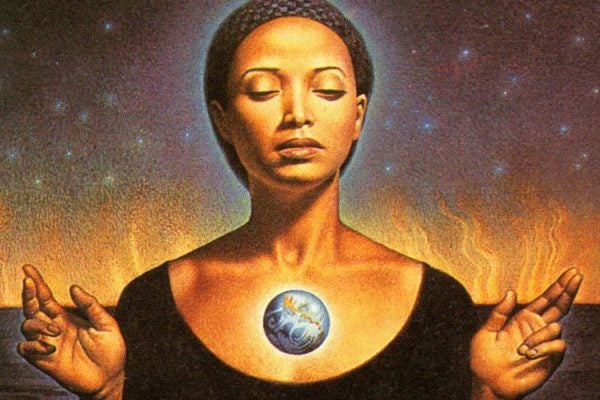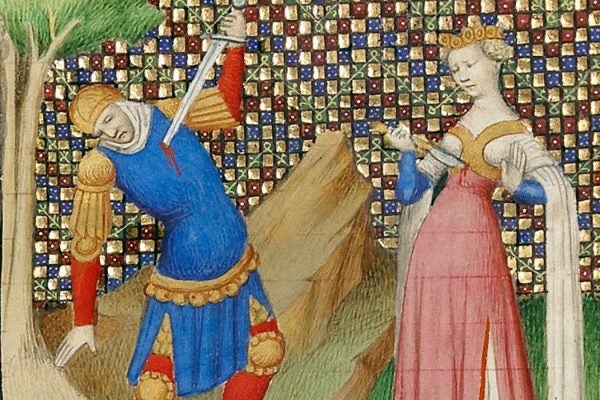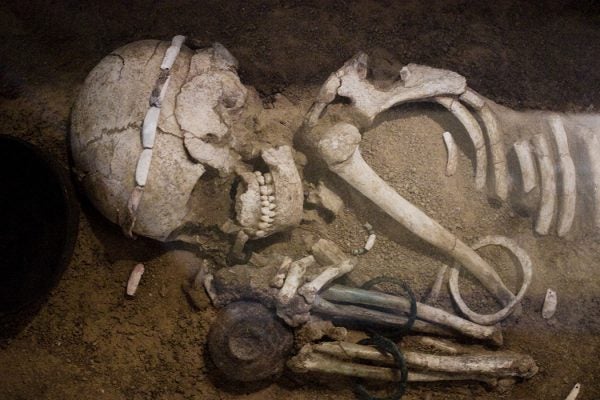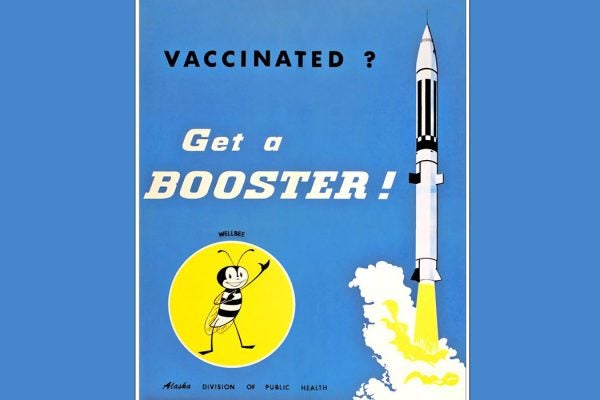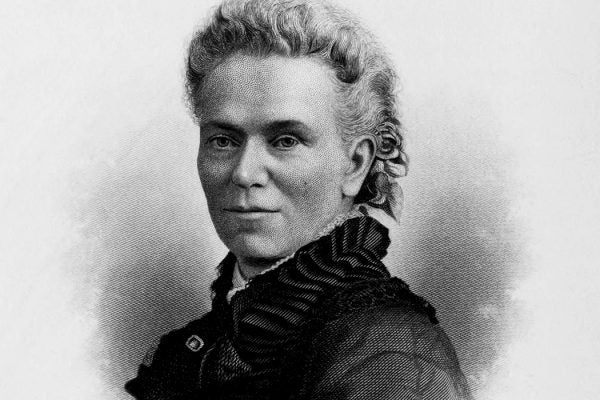How Octavia E. Butler Became a Legend
The early inspiration and experiences that shaped the visionary science fiction storyteller.
The Origins of LGBTQ-Affirming Churches
As far back as the 1940s, religious LGBTQ people organized groups and congregations that welcomed them.
Alien Evolution, Texting while Walking, and a Maya Life
Well-researched stories from Quanta, Wired, and other great publications that bridge the gap between news and scholarship.
Why Suicide Was a Sin in Medieval Europe
Although there were historical and scriptural precedents for honorable suicide, Christian theology saw it much differently.
How the Gender Binary Limits Archaeological Study
One case study demonstrates how contemporary assumptions about gender in ancient societies risk obscuring the larger picture.
How Three Women Led the Fight against Pertussis
As whooping cough killed thousands of kids annually, a trio of public health workers were deeply involved in the production and distribution of a vaccine.
Erasing Women from Science? There’s a Name for That
Countless women scientists have have been shunted to the footnotes, with credit for their work going to male colleagues. This is called the Matilda Effect.
Could Venus’s Hell Climate Predict Earth’s Future?
The answer will require a probe that can withstand the planet's heat and atmospheric pressure to send back good data.
How Mary Fields Became “Stagecoach Mary”
Born enslaved, she made her way to Montana and eventually became the first Black woman to deliver mail on a "star route."
The Princes of Saxony Collected These Kitschy Miniature Mountains
Struck with “Berggeschrey,” or “mountain clamour,” early modern nobles of Saxony dolled up the dirty and dangerous work of the mines with gold and glitter.
